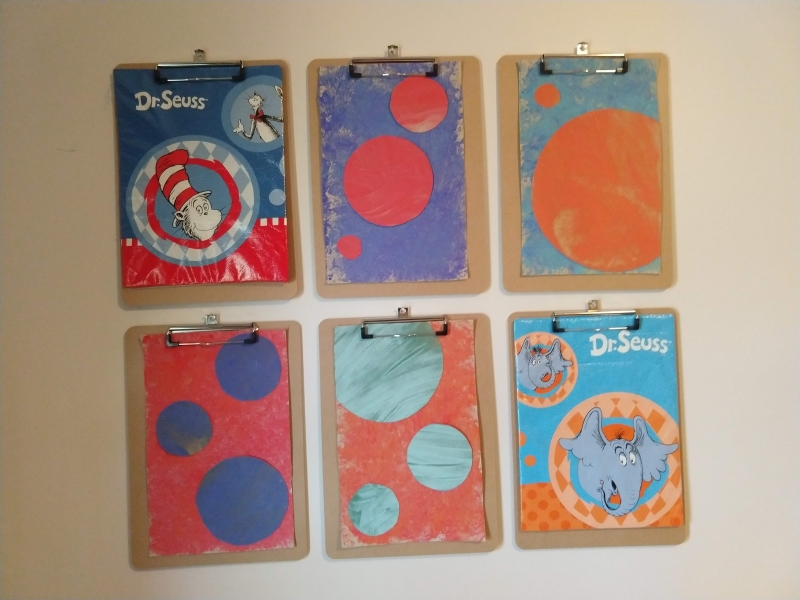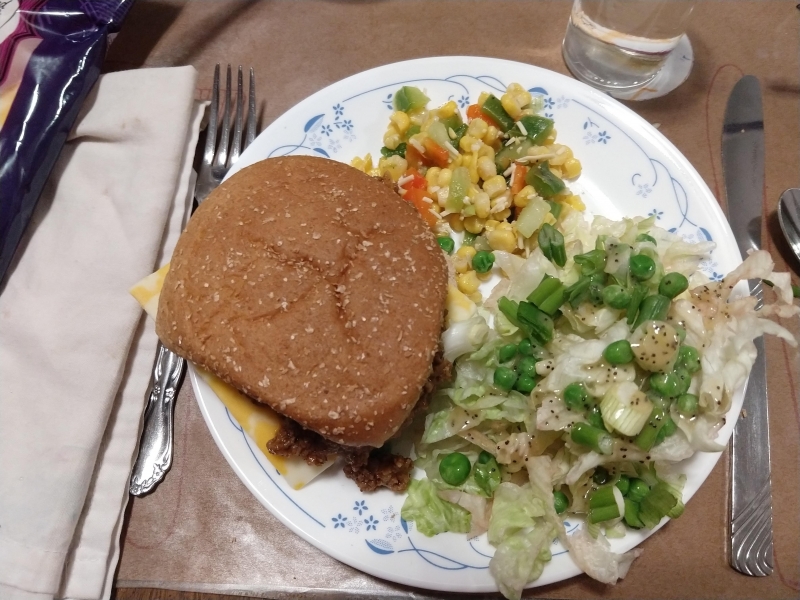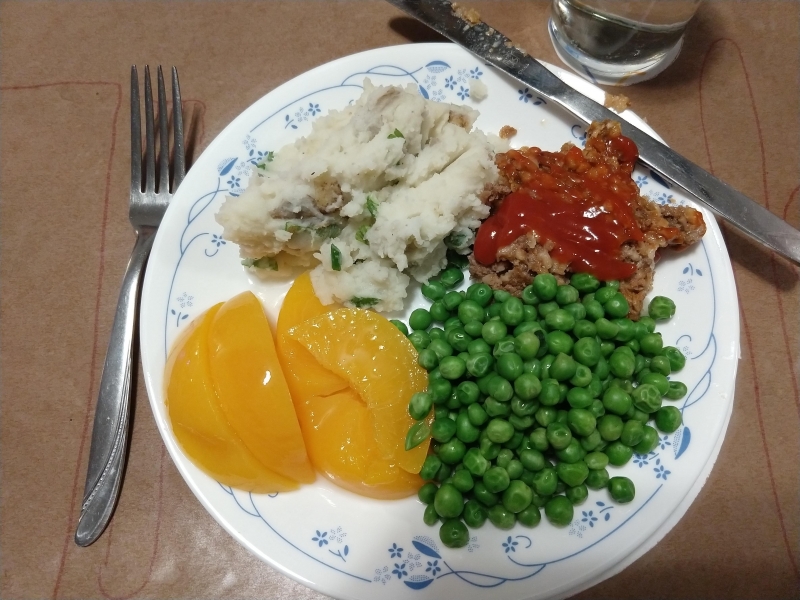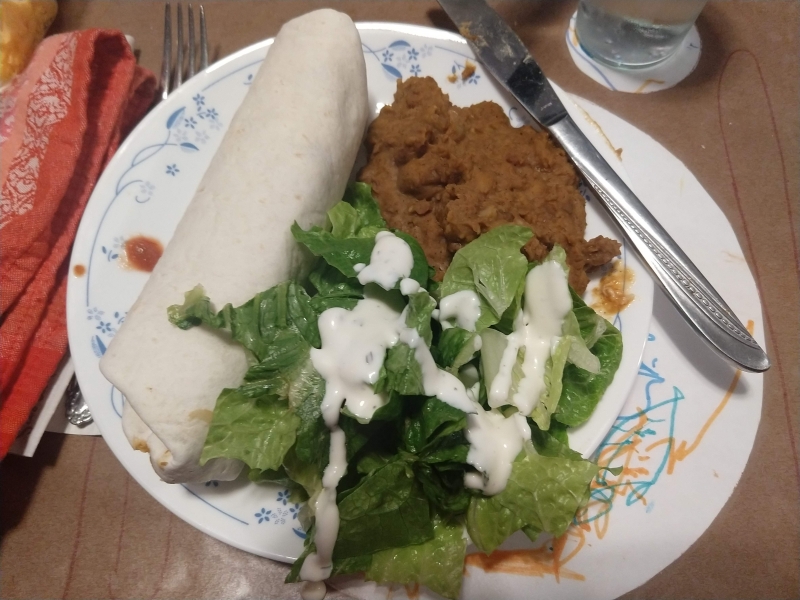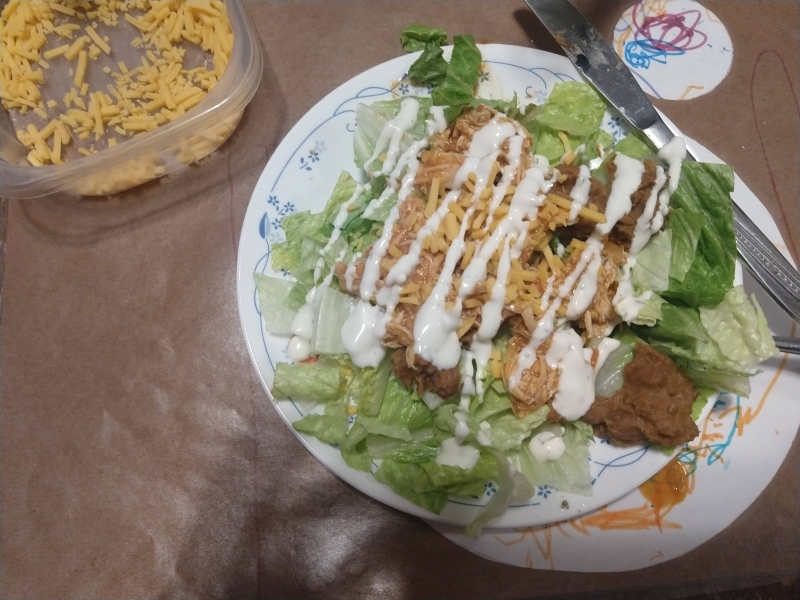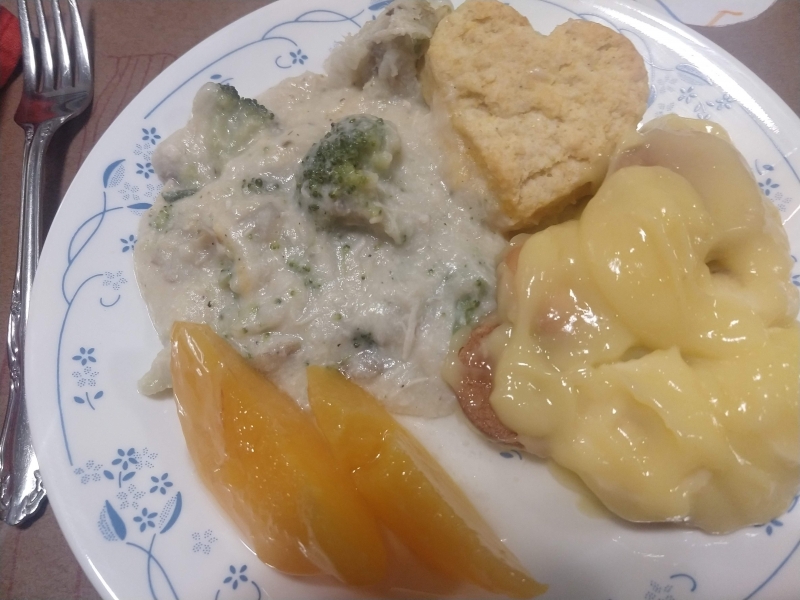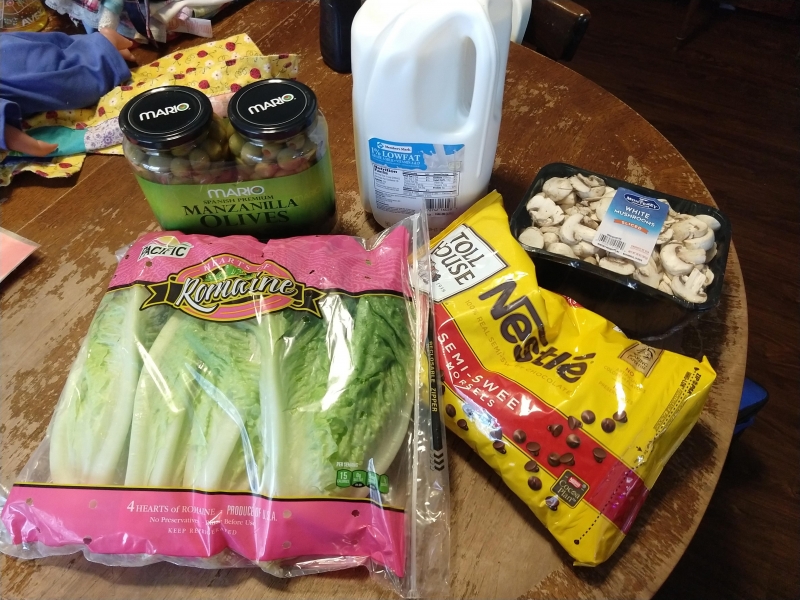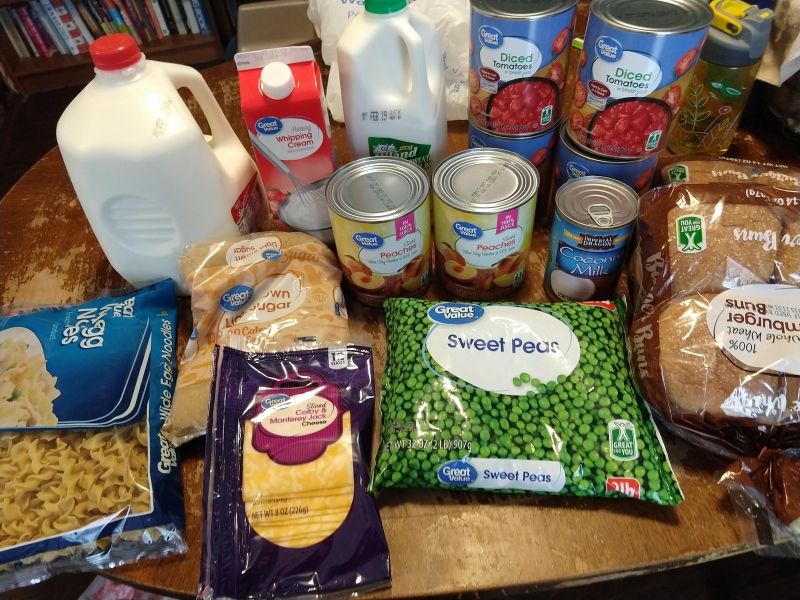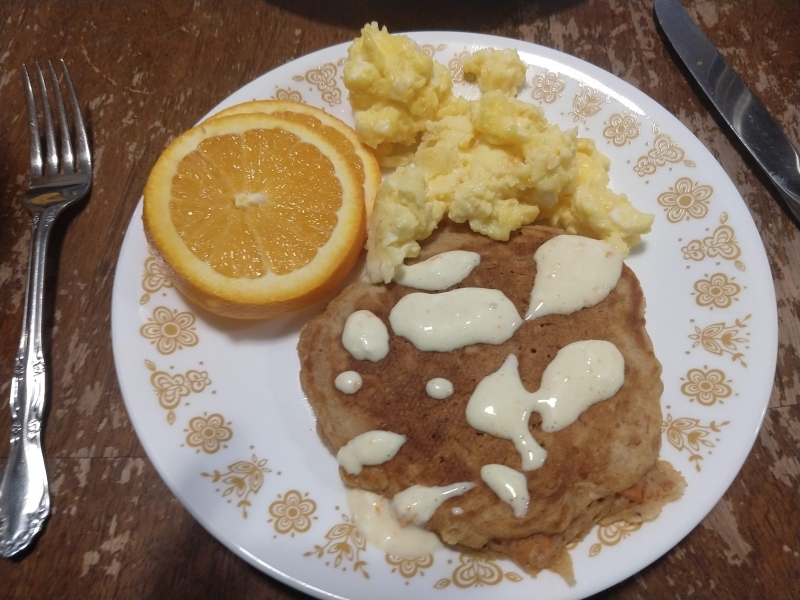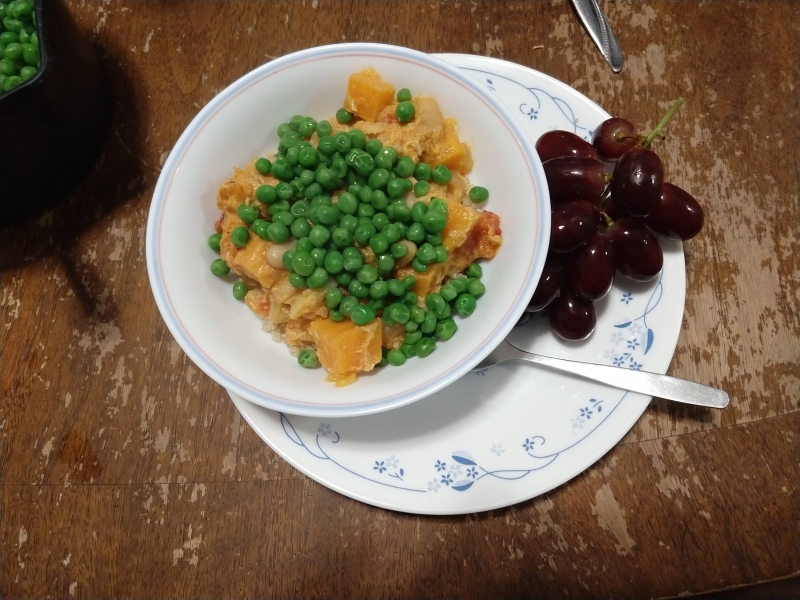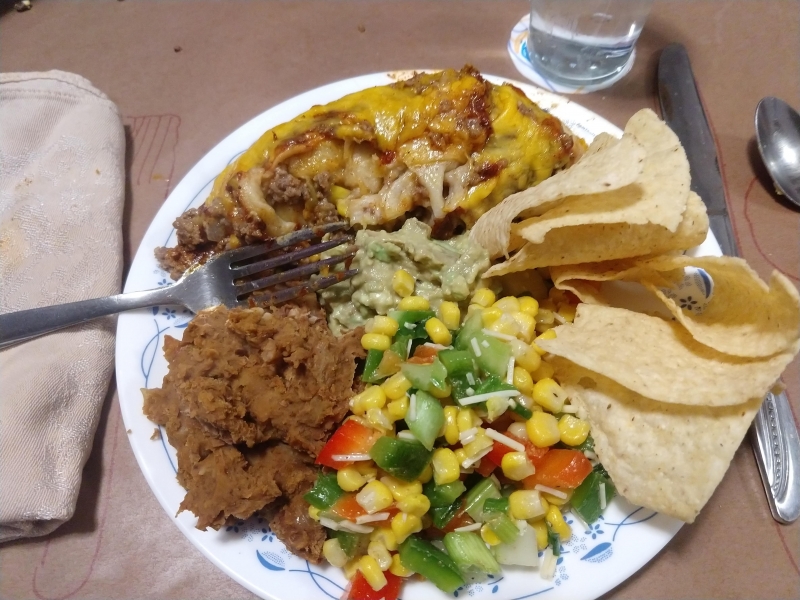Ashley Rhodes-Courter’s Three Little Words evoked not a few complicated thoughts, but that wasn’t all I got from it as I read.
I also learned.
I learned, for one, that being believed is important.
Ashley writes of how her little brother would crawl into bed with her and pee the bed. Her foster parents would not believe it wasn’t Ashley who had been peeing the bed. On another occasion, Ashley slipped on the poop another foster child had smeared about – but her foster parents wouldn’t believe that she wasn’t the smear-er. Later, more seriously, she attempted to tell people of the abuse she and other children were experiencing and people didn’t take her seriously.
Now, Ashley writes of the times when she was in the right, when she was telling the truth and wasn’t believed. If she’s like any child, she told her share of lies as well.
But Ashley’s story brought home the importance of believing our children – or, even if we don’t believe them, of taking them seriously and avoiding shaming or punishing when we don’t know the whole story.
Does it matter whether the bed-pee-er was Ashley or her little brother? Only inasmuch as it might indicate that Ashley needed some help (it could have indicated a urinary tract infection, for example, if she had previously been dry consistently.) The foster parents could have said, in a neutral voice: “Looks like your bed is wet this morning. Let’s get it cleaned up.” They might ask, “Are you having a hard time staying dry overnight? Sometimes that means that you’re sick and don’t realize it.” And when Ashley says that no, it was her little brother who got into bed with her, they could have responded “Okay. Well, if you ever do find yourself having a hard time holding it overnight, just let us know and maybe we could talk to a doctor about getting help.” And then they could try to pay attention to see if her brother is indeed crawling into bed with her overnight and wetting the bed.
Our older children have started lying.
I know this because I watch them do something and then tell me that they didn’t do it.
Because I’ve seen their lying in action, it’s tempting to think they’re lying every time one child comes running to tell me that “so-and-so hurt themselves” (with the unspoken being “I didn’t do it!”)
But Ashley’s story has encouraged me to rethink my approach to this.
When I know that something is a lie because I have seen otherwise, I call out the lie.
But when I don’t know what actually happened? I try to be more circumspect.
I ask myself, is it important for me to ascertain who did what in this circumstance?
In a lot of cases, it isn’t really important. Do I need to know who spilled the water on the floor? No. I just need to clean it up – and it’s not going to hurt my children to clean it up together. Do I need to know who had the toy first? No, not really. I can just put the toy in time out since it wasn’t playing nicely.
In most cases, even when my children are fighting with each other, I don’t need to arbitrate. We talk about how we ought to behave toward one another (regardless of who started the current fight). I may have to find a task for each of the children to work on with me or they might need to play in the same room as me for the next while until their current squabble has cooled down. But I don’t need to know “who did it”.
If possible, I can create an environment that disincentivizes lying – without making it my default to visibly disbelieve my children.
Because being believed is important.








